Five lessons in High Density Living from Tokyo
Could you live in a tiny apartment? If the neighbourhoods are a liveable as Tokyo, then yes.
Tokyo remains one of those places that I can’t quite place into a mental box. Imagining Tokyo, I think of an almost-futuristic urban place: large flashing screens, fast trains, pokemon. I most recently traveled to Tokyo in 2019, this time with a primary schooler and a toddler in tow and it was a perspective shifting experience.
What I imagined to be a noisy, hectic, crazy city was in fact a calm, green, walkable neighbourhood, with kids running around (correction, just my kids were running around, but there were lots of kids around), a vibrant human-scale street life that would make urbanist textbooks proud.
What struck me more than anything was the quiet. Not silent, but the hear-your-neighbour-talking-across-the-street kind of quiet. And no cars. And that’s in a neighbourhood near Shinjuku, one of the busiest.
Tokyo is density done well (mostly), although apartments can be on the smaller side, as we discussed last week.
Last week the NSW Government released its new planning rules to fast track low and high rise developments. *Finally* responding to the fact that household needs have changed and that people want more choices than the dichotomy of a 4 bedroom home in the suburbs (unaffordable for most) or a tiny apartment (unlivable for more than one person).
This means a lot more medium density houses in the suburbs - think 2, 3, 4 stories rather than single detached homes interrupted briefly by 10-15 storey towers around train stations. It’s a welcome change. So, what will Australia’s new high density suburbs look like? It’s early days, but learning from countries who do high density well is a good place to start - Tokyo is one of those places.
In this week’s blog:
5 lessons in High Density living from Tokyo (continued below)
Weekly Trend Update: Household Size
Lifestyle trend: By all measures, households in Australia are getting smaller. Household size has dropped to just 2.5 people per household in 2021. For comparison, Japan has 2.25. Smaller households = less bedrooms = smaller housing. This should be fuelling demand for mid-size, mid-rise housing (that’s not 4 bedroom homes or 1 bedroom apartments).
Insight: Over one quarter of Australian households contain only one person. There has been a sharp rise of one person households particularly in the past 3 years, which make up 26% of households in Australia.
Back to the blog …
5 lessons in apartment living from Tokyo
Last week we compared apartment sizes around the world, and yes, Tokyo allows some of the smallest (smaller than a car park). But outside of the micro-apartment scene (and many are larger), Tokyo’s neighbourhoods are textbook for walkable urbanism and hold a lot of great lessons in high density living.
A 42.33 sqm (455 sqft) 2-Bedroom apartment (left), and a 54.58 sqm (587 sqft) 2-Bedroom + Service Room apartment (right) in Glorio Eifukucho Izumi. Source: (Japan Property Central)
1. Quiet Neighbourhoods
Tokyo, one of the world’s most technologically advanced cities with 13.9 million inhabitants, is quiet, even in the busiest downtown areas.. Shinjuku - where we stayed - is also one of the most densely populated areas of Tokyo with about 19,000 people per km2 (just for comparison Melbourne has on average 504 people /km2). But almost no cars. The absence of traffic noise pollution is immediately obvious.
Noise is a part of neighbourhood liveability that we don’t talk about much but traffic, construction, rail and other transit networks can contribute significant noise pollution. The absence of traffic made this particular neighbourhood extremely quiet. Current Japanese regulations and environmental laws enforce strict noise reduction policies and noise monitoring.
The city also offers quiet and contemplative spaces - quiet temples and their contemplation gardens - places for spiritual retreat and reflection.
2. Convenience at Your Doorstep:
Proximity to amenities is a hallmark of Tokyo's urban planning. Most apartment complexes are strategically located near shops, restaurants, and essential services. This is a 5 minute city, not a 15 minute city. This accessibility not only adds convenience but also fosters a sense of community as residents often frequent the same local spots. Cities looking to enhance their urban living experience should consider this integrated approach, where daily necessities are within walking distance.
3. Efficient Transit Connections:
Tokyo's public transportation system is renowned for its efficiency and connectivity. Many apartment buildings are designed with close access to transit stations, encouraging residents to use public transportation for their daily commute. This not only eases traffic congestion but also promotes a more sustainable lifestyle. Cities worldwide can emulate Tokyo's model to improve their public transit systems and integrate them with residential planning.
4. Child-Friendly Urban Spaces:
Perhaps the best litmus test for a safe city is whether children can walk to school unaccompanied. In Tokyo, it's common to see children walking to school unaccompanied, thanks to the safe and well-organised urban layout, and streets without cars. Apartment complexes often include play areas and are located near schools and parks, which welcomes children to stay and grow up in the city. Other cities can learn from this by designing neighbourhoods that are safe and conducive to children's independence and well-being.
5. Building Social Interaction
Tokyo's apartment design often includes features that encourage social interaction among residents. Communal spaces like rooftop gardens, shared lounges, and workshop areas provide opportunities for neighbours to connect and engage with each other. This not only enhances the sense of community but also contributes to the overall well-being of the residents. Cities aiming to create more socially interactive living spaces can draw inspiration from these communal design elements.
Most of the aspects that make Tokyo liveable and safe for kids (and therefore everyone else) is much less about the apartment design and much more about the lack of cars. Pedestrianised streets make neighbourhoods quiet and safe.
As Australia starts to move towards mid-rise living, we can hopefully also reduce the need for cars and enable safer streets.


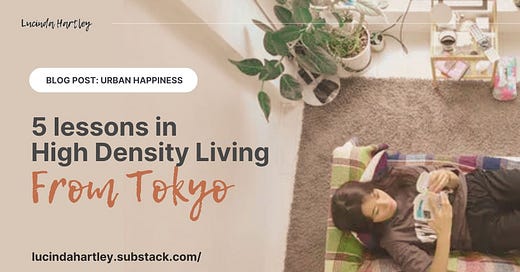


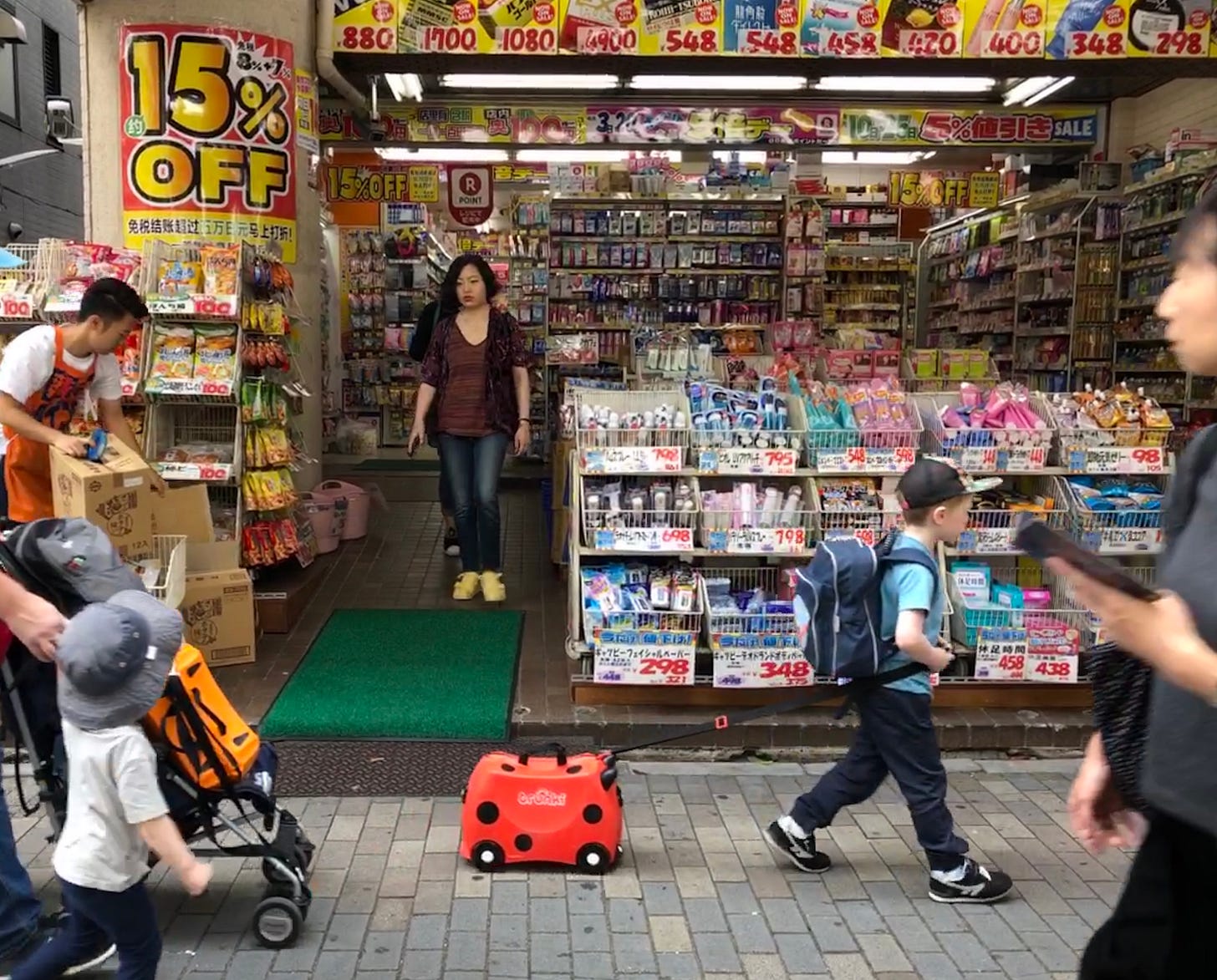
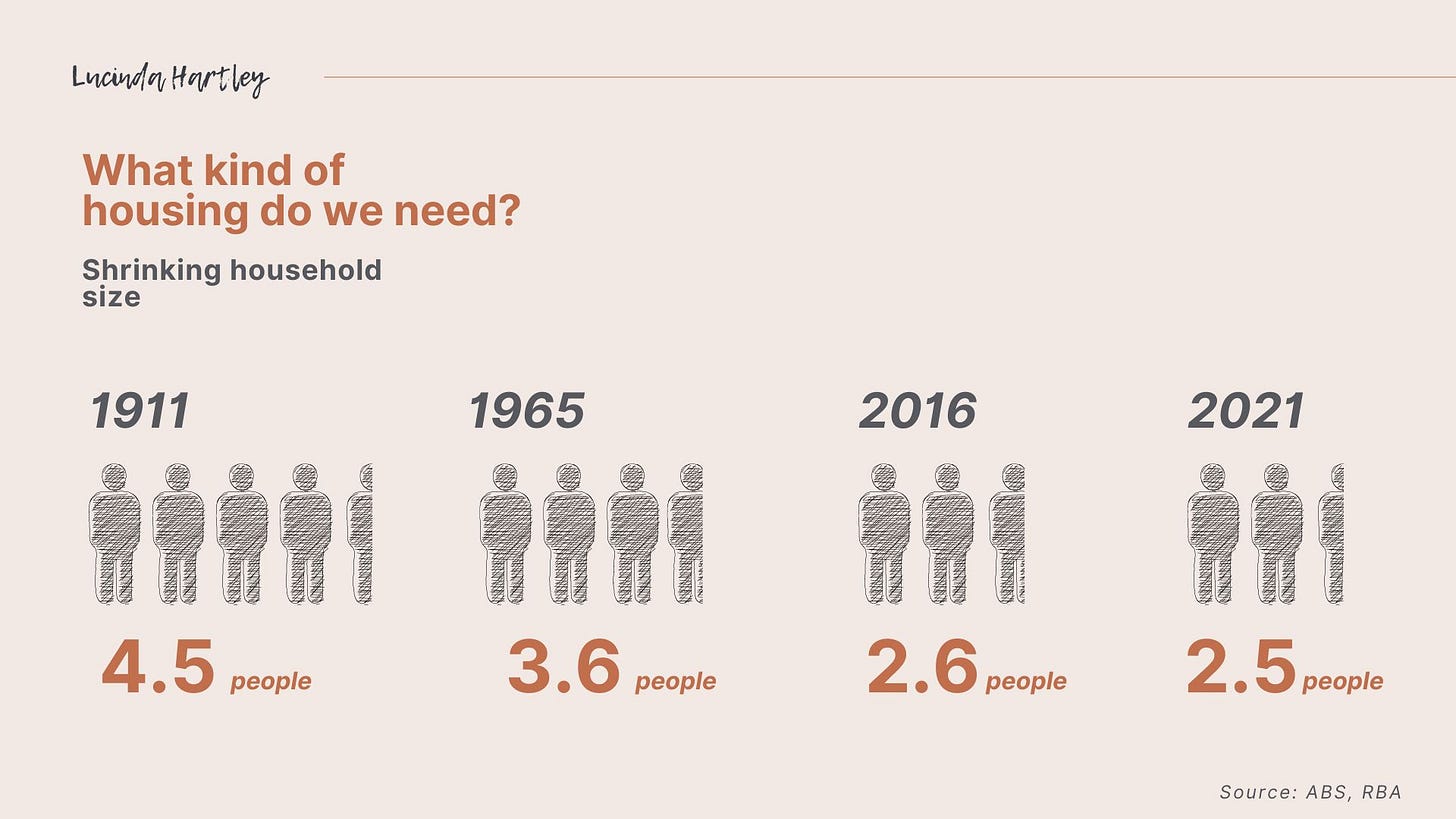
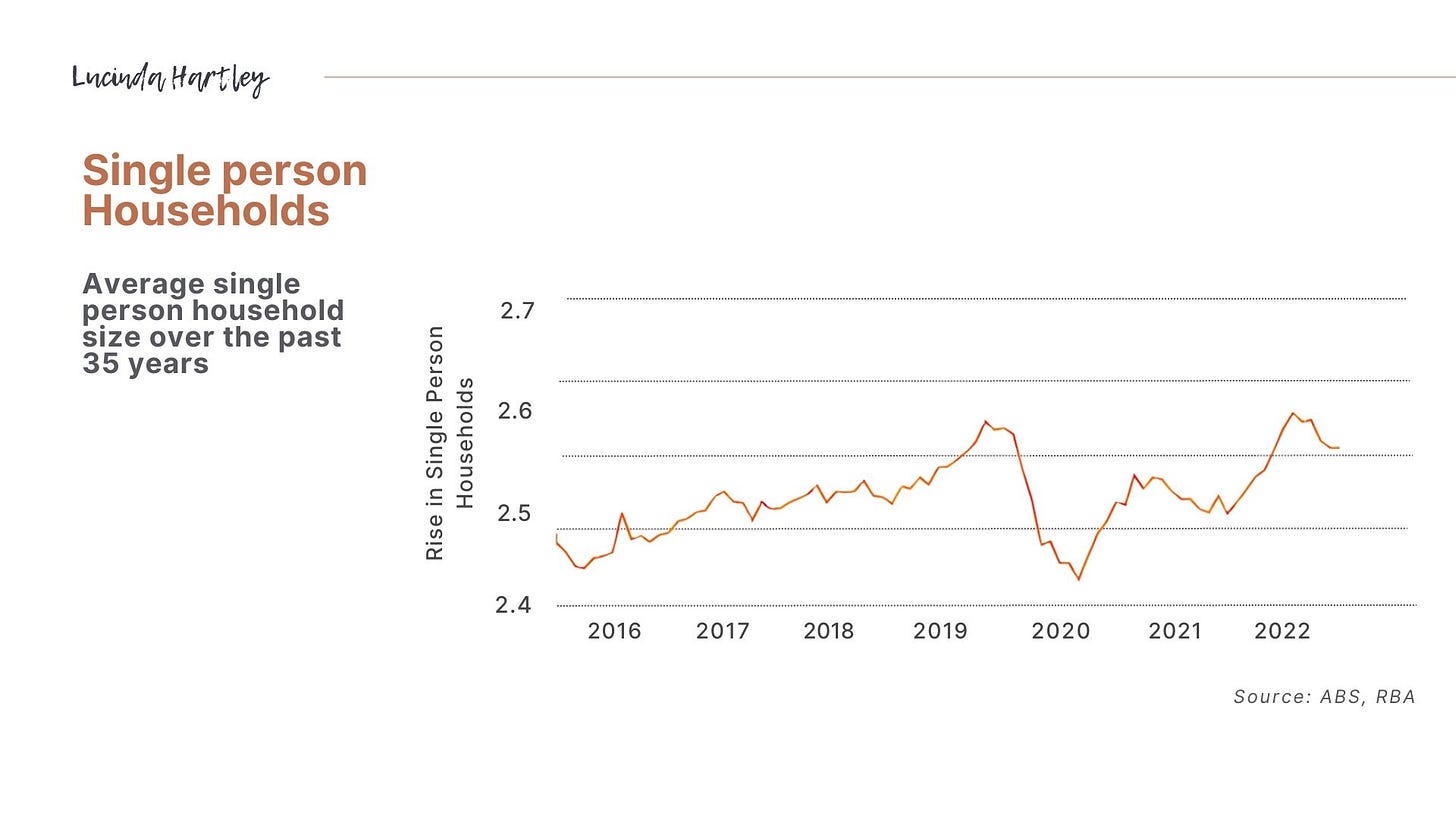
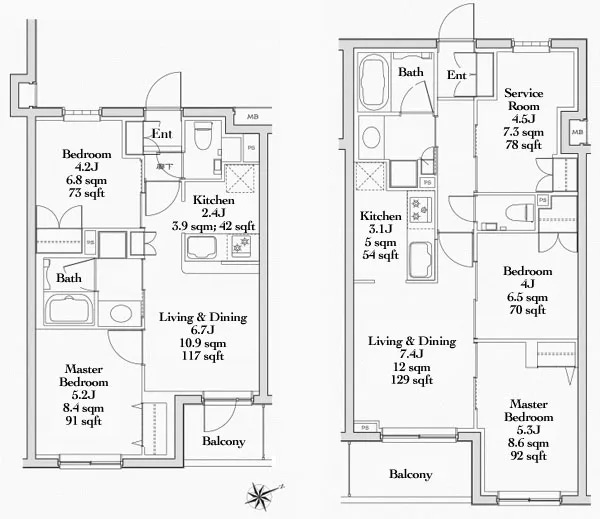
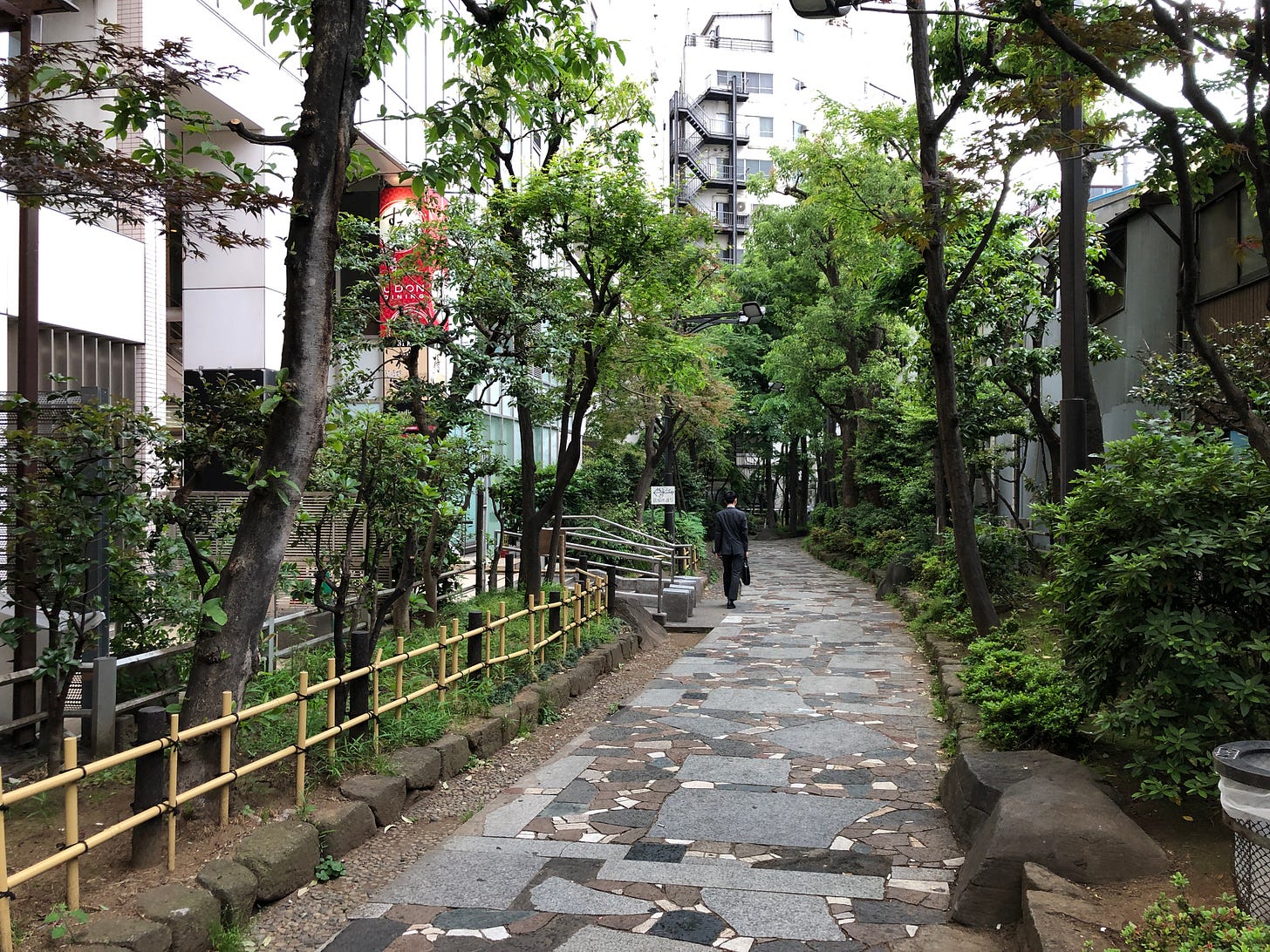
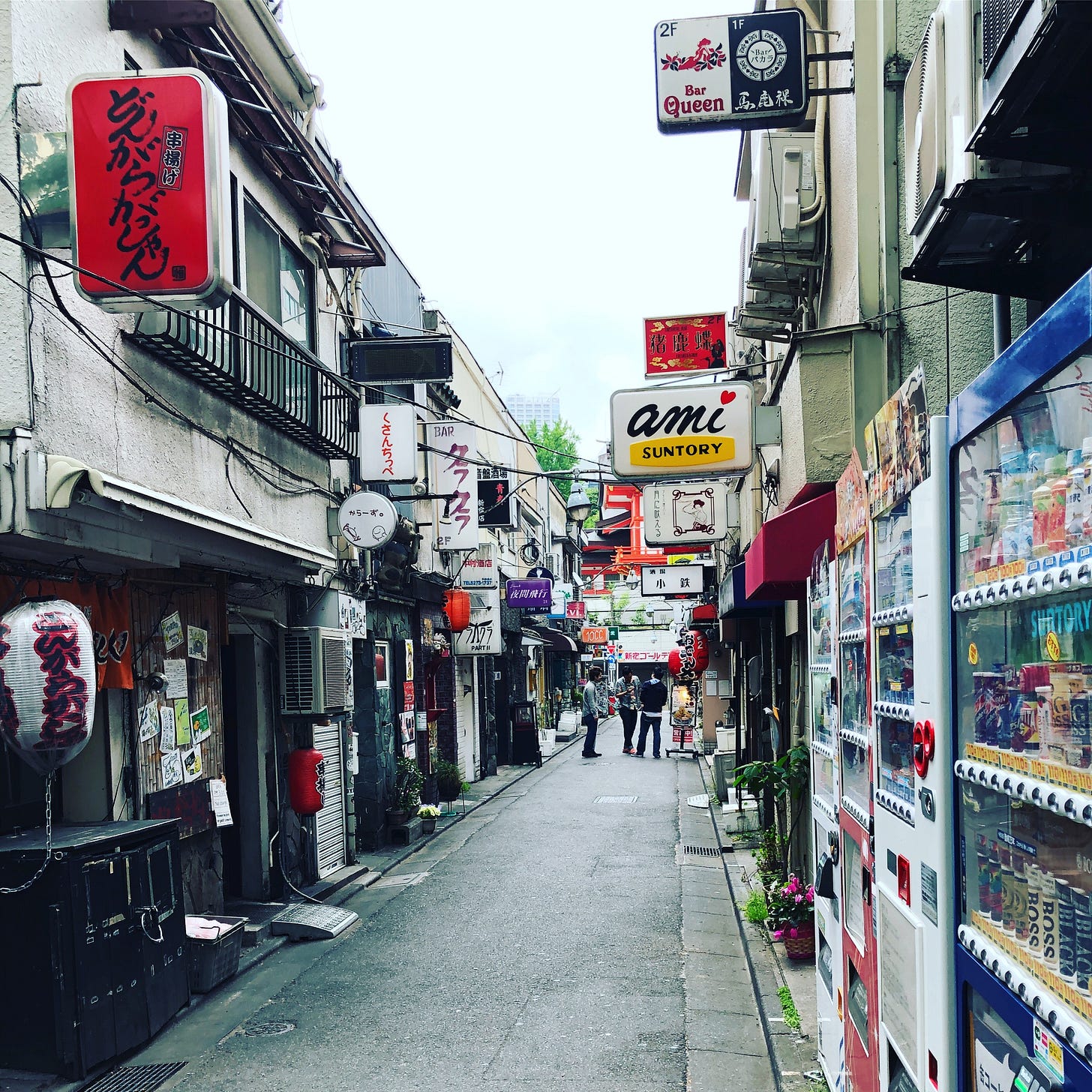
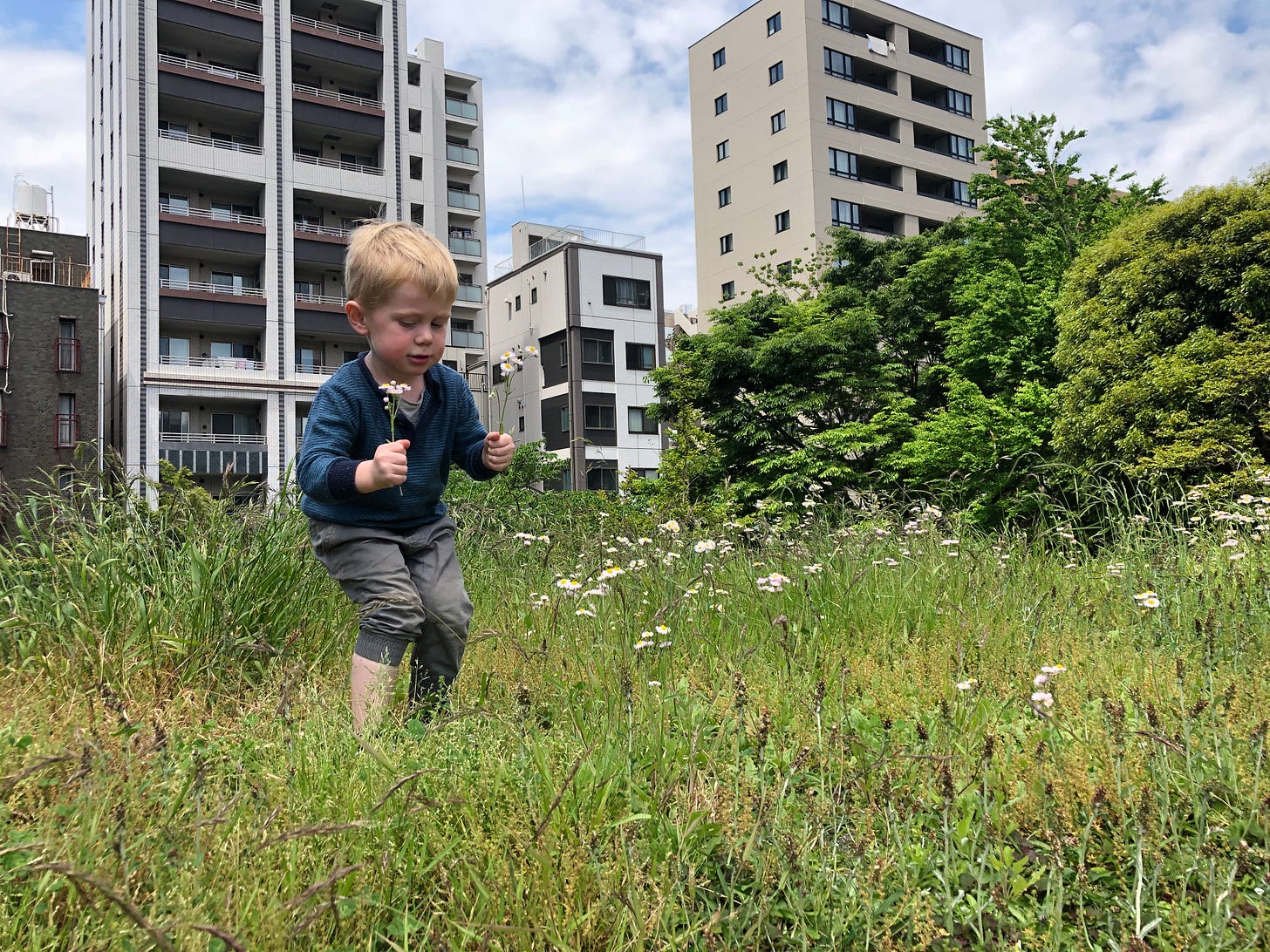
My name is Rabia Khan from Yummy Guide Inc. We operate LASTMINUTE, a real-time booking platform designed to support travelers' immediate needs — offering everything from restaurant reservations to attraction tickets and local experience tours.
I recently came across your article and was truly impressed. The information you provide is incredibly valuable for travelers, especially those unfamiliar with the local area. This inspired me to reach out to explore a potential collaboration that could make your content even more helpful to your readers.
Unlike traditional bookings that rely solely on advance planning, LASTMINUTE empowers travelers to stay flexible — enabling them to update plans on the go and confirm bookings in real time, right when and where they need them. We'd love to partner with you to introduce this concept to your readers.
We offer an affiliate program where you can earn commission based on bookings made through your site. You can find more details here:
https://lastminutejapan.com/dashboard/affiliate
It’s incredibly simple to get started. We’ll generate a unique tracking link just for your site — for example:
https://lastminutejapan.com/?aq=r001
You can include this in your article with a simple “Book Now” or similar call to action. Each confirmed booking through your link will earn you a commission.
If you'd like to highlight specific restaurants, activities, or regions, just let us know — we’d be happy to provide tailored links for each one.
Through this partnership, we hope to help your audience enjoy more convenient, spontaneous, and memorable travel experiences across Japan.
Please feel free to reach out with any questions. I’d love the opportunity to connect and share more.
Thank you for your time, and I look forward to hearing from you.